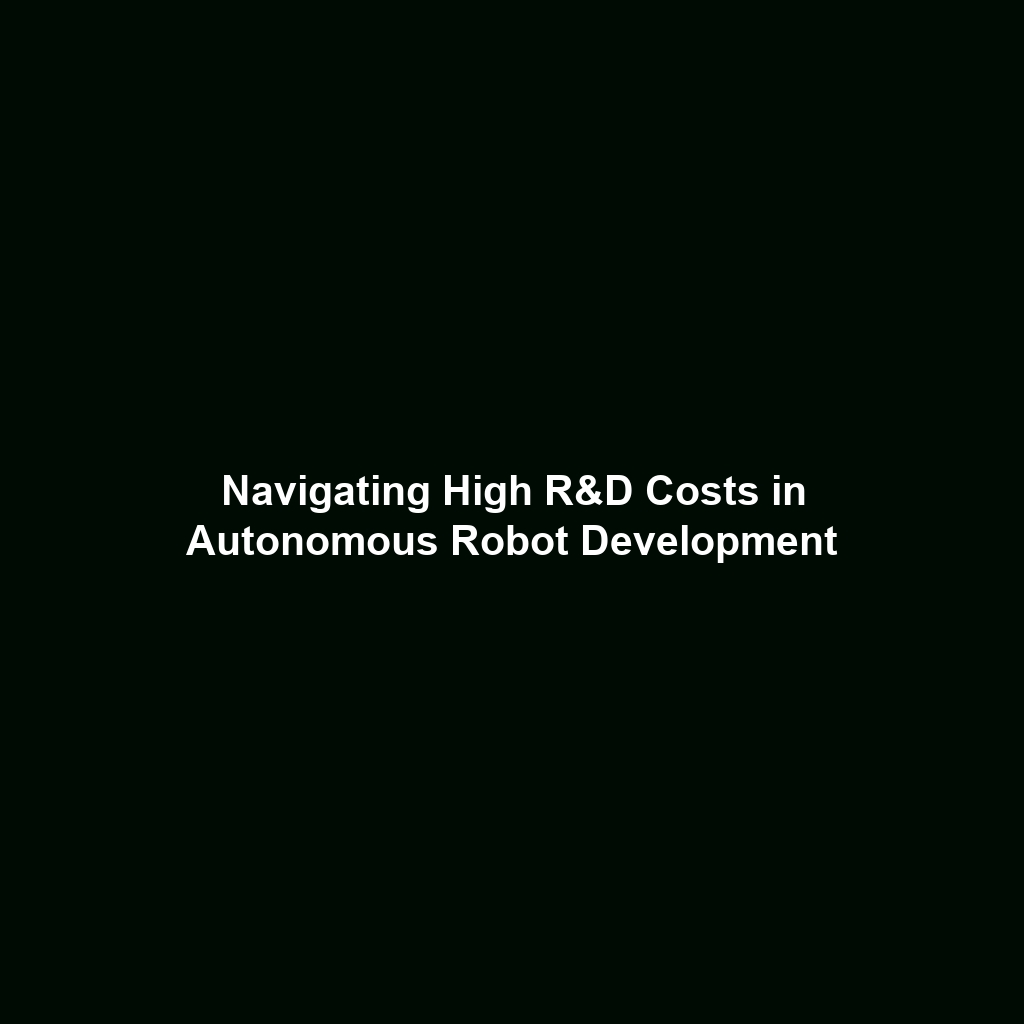Cost and Scalability: Barriers to Widespread Use of Advanced Nanomaterials
Introduction
The field of Advanced Nanomaterials promises numerous advancements in various industries, but significant barriers related to cost and scalability hinder their widespread adoption. These challenges are crucial as they affect the feasibility of integrating nanomaterials into commercial products and technologies. Understanding the implications of these barriers allows researchers and industry leaders to develop strategic solutions, fostering innovation and broader implementation in sectors such as electronics, medicine, and renewable energy.
Key Concepts
Understanding Cost and Scalability
The cost of production and scalability of Advanced Nanomaterials are interrelated concepts central to their commercial viability. Major factors influencing these barriers include:
- Production Techniques: The methods used to synthesize nanomaterials can determine their overall cost and ability to be scaled for mass production.
- Raw Material Availability: Limited access to affordable starting materials may restrict production scale and increase costs.
- Market Demand: A lack of consumer demand can make it financially impractical for producers to invest in scaling operations.
Applications and Real-World Uses
How Cost and Scalability Affect Applications
Understanding how cost and scalability influence Advanced Nanomaterials is critical in identifying their most impactful applications. Some examples include:
- Medical Devices: Nanomaterials offer enhanced performance in drug delivery systems; however, high production costs hinder widespread adoption.
- Solar Cells: While nanomaterials can significantly improve solar energy efficiency, the challenge lies in scaling these technologies for cost-effective manufacturing.
- Electronics: The integration of nanomaterials in electronic components holds promise, but cost barriers prevent universal application in consumer products.
Current Challenges
Challenges of Cost and Scalability
There are several persistent challenges associated with cost and scalability in the Advanced Nanomaterials sector:
- High production costs prevent competitive pricing.
- Limited infrastructure for large-scale production.
- Complex regulatory requirements for new materials.
- Technological limitations in current synthesis methods.
Future Research and Innovations
Next-Gen Technologies and Breakthroughs
Future research on cost and scalability is poised to transform the applications of Advanced Nanomaterials. Innovations on the horizon include:
- Advancements in green synthesis methods, which could lower costs.
- New techniques for recycling and reusing nanomaterials, enhancing sustainability.
- Integration of AI to optimize production efficiency.
Conclusion
In conclusion, cost and scalability remain significant barriers to the widespread use of Advanced Nanomaterials. Addressing these challenges will be vital for harnessing their full potential across various industries. Continued investment in research and development, along with collaborative efforts across sectors, will be essential to foster breakthroughs in this promising field. For further insights into nanomaterial applications, explore our related articles on next-generation materials and sustainable production methods.

